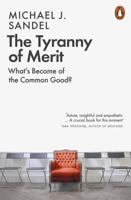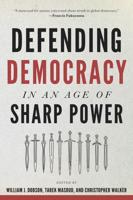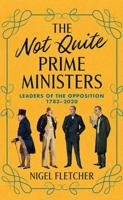Publisher's Synopsis
Mixed-member electoral systems may well be the electoral reform of the 21st century, much as proportional representation (PR) was in the 20th century. In the view of many electoral reformers, mixed-member systems offer the best of both the traditional British single-seat district system and PR systems. This book seeks to evaluate: why mixed-member systems have recently appealed to many countries with diverse electoral histories; and how well expectations for these systems have been met. Each major country which has adopted a mixed system has two chapters in this book, one on origins and one on consequences. These countries are Germany, New Zealand, Italy, Israel, Japan, Venezuela, Bolivia, Mexico, Hungary, and Russia. In addition, there are also chapters on the prospects for a mixed-member system being adopted in Britain and Canada, respectively. The material presented suggests that mixed-member systems have been largely successful thus far. They appear to be more likely than most other electoral systems to generate two-bloc party systems, without in the process reducing minor parties to insignificance.;This book is intended for scholars and students of comparative politics, electoral studies and British politics







